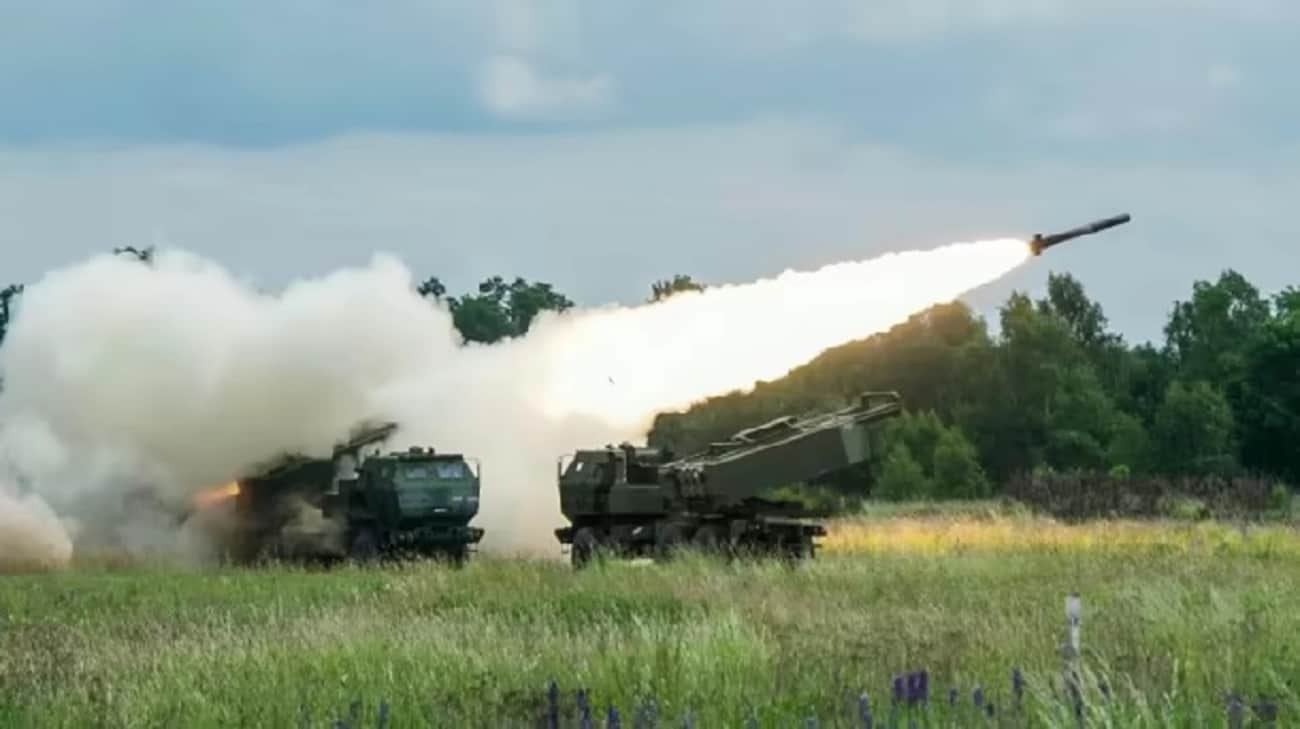“Analysts at the Institute for the Study of War believe that even a small number of successful long-range Ukrainian strikes could change the course of the war, and the Kremlin was conducting covert operations against Western powers long before the debate about Ukraine’s use of Western-provided weapons to strike Russia began.”, — write: www.pravda.com.ua
Source: ISW
Literally: “Russian authorities appear to be making significant efforts to influence the Western debate over allowing Ukraine to use Western-provided weapons to launch long-range strikes against military targets in Russia.
Advertising:
These Russian efforts show deep concern about the operational pressure that such strikes against the Russian Federation could put on Russian offensive operations in Ukraine, although US officials are still hesitant to allow Ukraine to carry out such strikes.”
Details: The New York Times (NYT), citing sources, reported that US intelligence estimates “downplay” the effect that Ukrainian strikes on Russia from long-range missile systems provided by the US, Great Britain and France could have on the course of the war in Ukraine , due to the limited number of such weapons in Ukraine and the uncertainty regarding the future provision of more long-range systems.
The NYT notes that officials in the U.S. military and the Biden administration, who support the policy change, said the Western-provided weapons would allow Ukraine to strike more distant Russian bases and ammunition depots and force the Russian military to relocate ammunition depots, command posts, combat helicopters and other equipment beyond the range of Western missiles, which, as officials noted, will greatly complicate Russian supply routes to Ukraine.
Literally: “Russian authorities are likely concerned about how moving munitions depots and other important storage facilities further from the front lines and beyond the reach of Western-provided systems will affect Russian offensive capabilities in Ukraine, and appear to be making significant efforts lip service to prevent the West from allowing Ukraine to carry out another similarly significant strike campaign.”
Details: In recent weeks, Russian ruler Vladimir Putin has reintroduced several of the Kremlin’s most effective narratives into Western and Russian media spaces and adapted his typically boilerplate language to the ongoing debate in the West over allowing Ukraine to launch long-range strikes against Russia using Western-provided weapons.
Literally: “The benefits of allowing Ukraine to use Western-provided long-range systems against Russia may outweigh the risk of Russian retaliation more than Western policymakers currently consider.”
Details: According to the NYT, the assessment notes that Russia is likely to respond with greater force against the US and its allies, possibly with covert attacks on US and European strategic facilities and military bases in Europe, if the West allows Ukraine to use the systems provided for strikes on objects in Russia.
Literally: “The Kremlin has been conducting covert operations against Western powers long before the debate about Ukraine’s use of Western-supplied weapons to strike Russia began, and the Kremlin may intend to intensify these operations regardless of the West’s decision, as they support the Kremlin’s other goals of destabilizing European countries and undermining NATO’s military readiness”.
ISW Key Findings for 27 September:
- Ukrainian forces repelled a battalion-strengthened Russian mechanized attack in the Kupyansk direction on September 26 – the first major Russian mechanized attack along the Kupyansk-Svatov-Kreminna line since the winter of 2024.
- Russian forces may intensify their efforts to reach the Oskil River, although the Russian advance on the east (left) bank of the Oskil River is likely to be relatively gradual.
- The Russian military command has demonstrated that it is likely to agree to the continuation of a gradual advance along the Kupyansk-Svatov-Kreminna line.
- The western grouping of the Russian army probably has limited capabilities to support intensive offensive actions on the Kupyansk-Svatov-Kreminna line or conduct effective combat operations that will lead to faster success.
- Russian authorities appear to be making significant efforts to influence the Western debate over whether to allow Ukraine to use the supplied weapons to launch long-range strikes against military targets in the Federation. These Russian efforts show deep concern about the operational pressure such strikes on Russia could put on its offensive operations in Ukraine, although US officials remain hesitant to allow Ukraine to carry out such strikes.
- The benefits of allowing Ukraine to use Western-provided long-range strike systems against Russia may outweigh the risk of Russian retaliation more than Western policymakers currently consider.
- Russian Defense Minister Andriy Belousov met with Kremlin-linked bloggers on September 27, likely part of an ongoing Kremlin effort to co-opt Russian bloggers and downplay the recent backlash in the ultra-nationalist media over the deaths of two drone operators.
- The People’s Republic of China has announced a new initiative to attract international support for its alternative peace plan for Ukraine amid increased cooperation with Russia.
- During his visit to the USA on September 26 and 27, President of Ukraine Volodymyr Zelenskyy continued his meetings with American officials regarding the war in Ukraine.
- Russian and Ukrainian troops continued their offensive in the Kursk region, but neither side advanced further.
- Russian troops advanced within and around Toretsk and southeast of Pokrovsk.
- The Russian authorities continue to threaten the special communication networks of Russian soldiers on the front lines.
